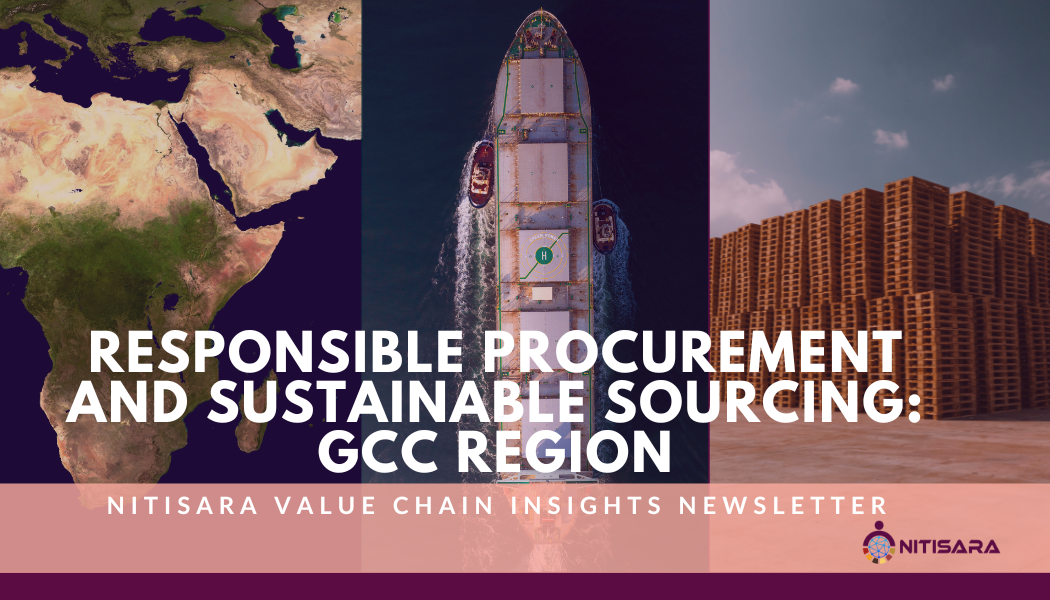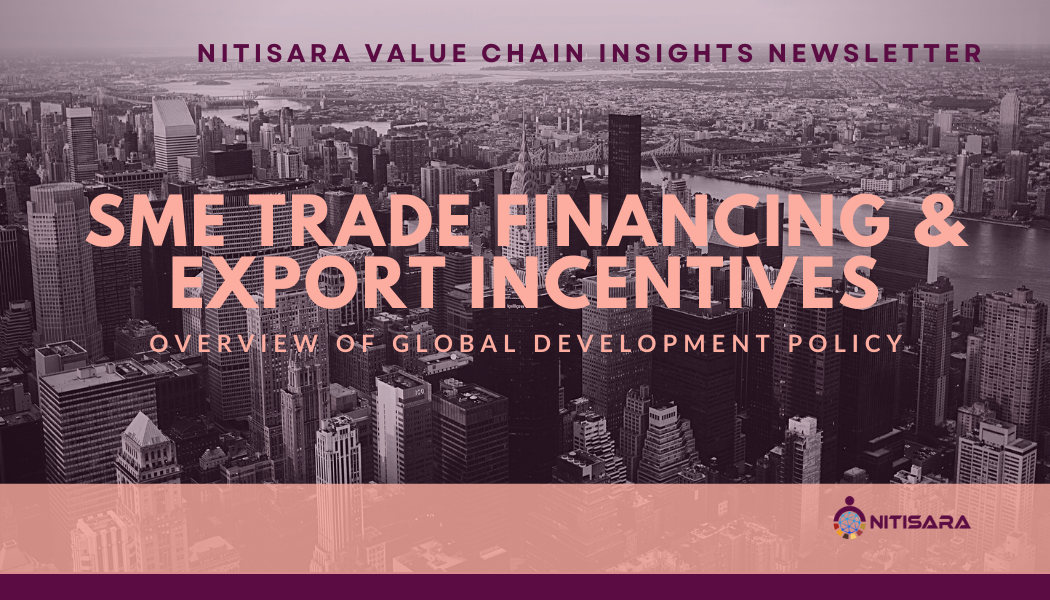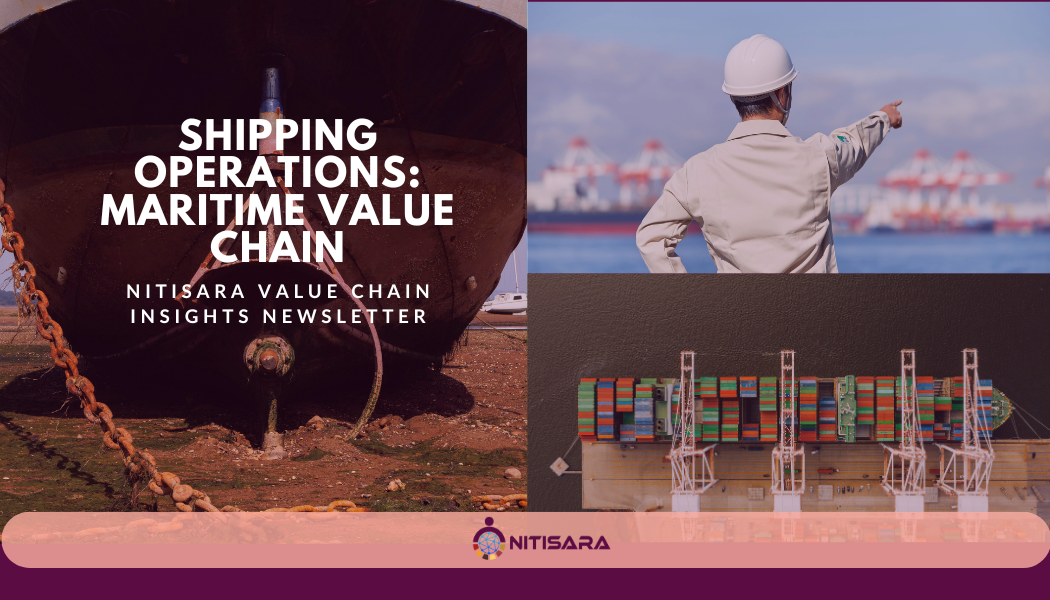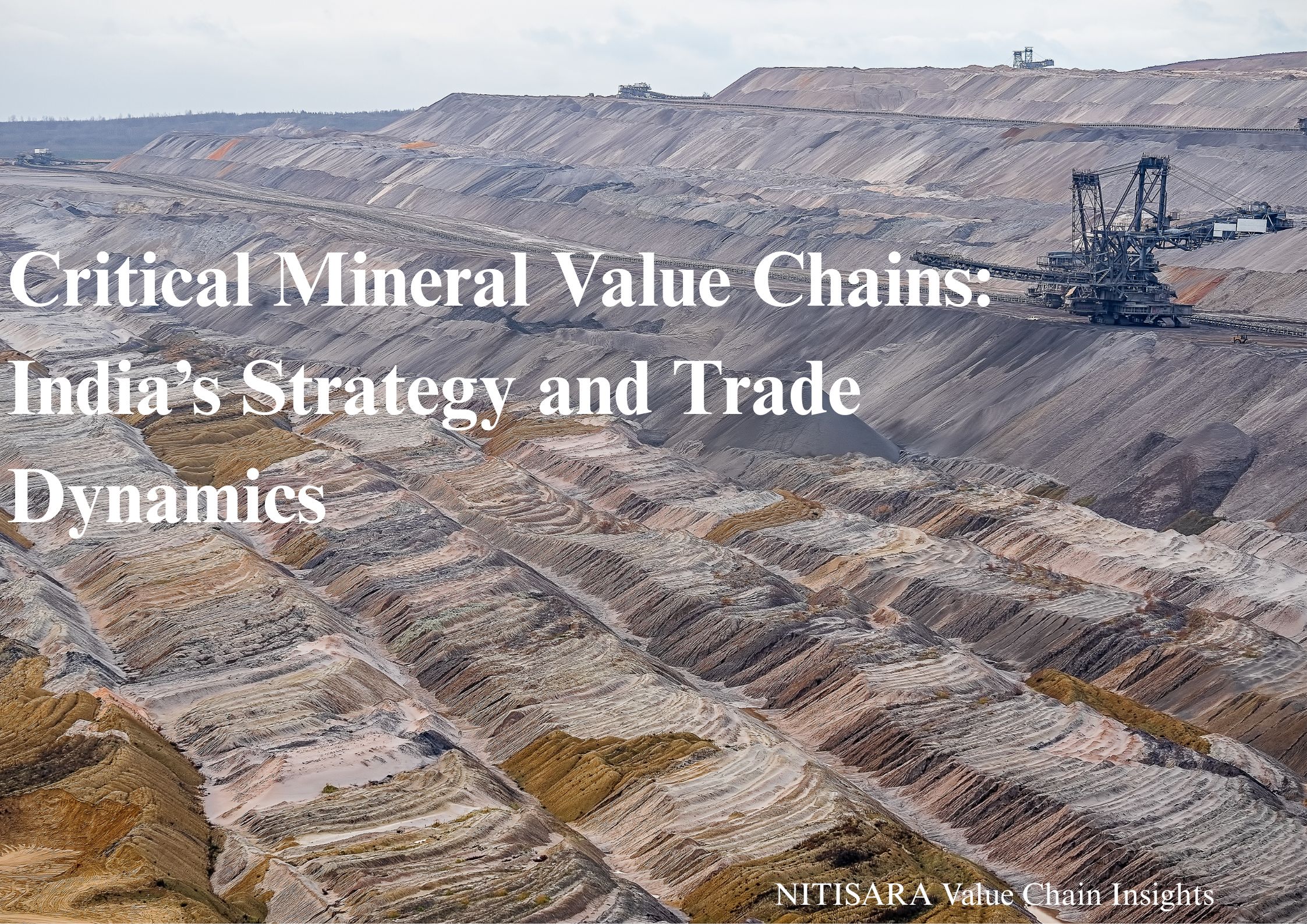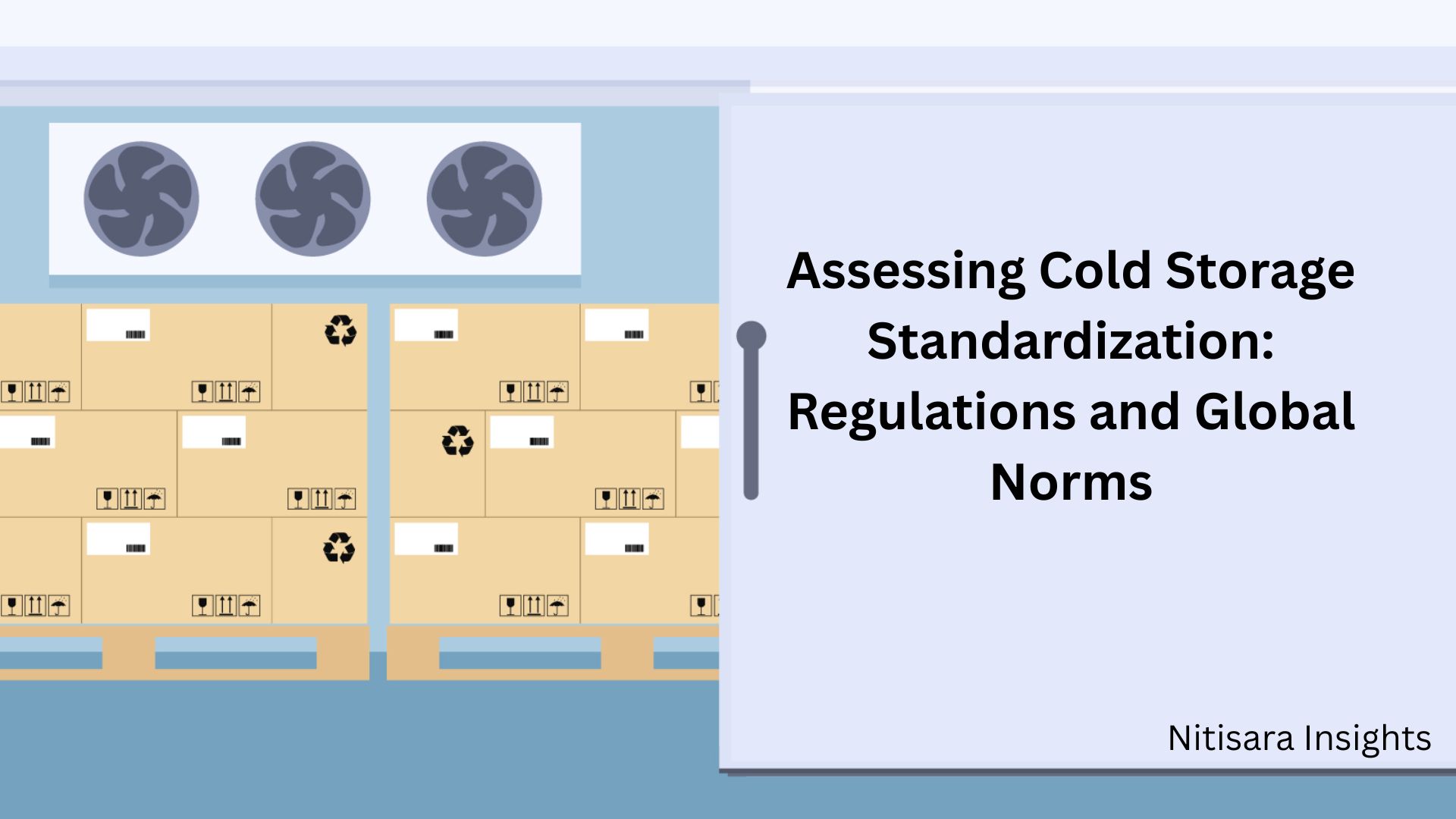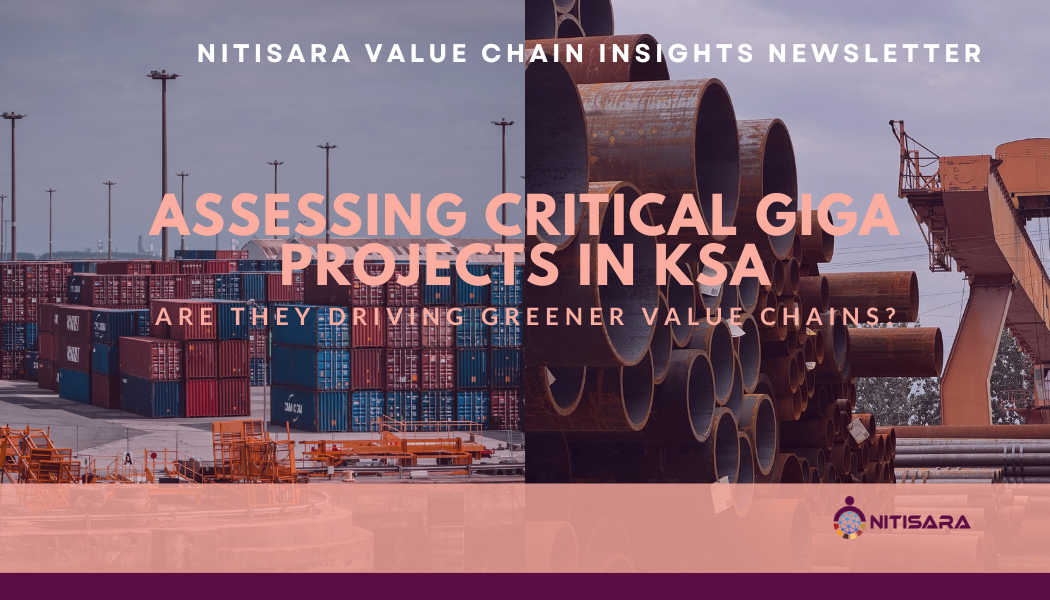
By Ansh Agarwal, Researcher, Nitisara
Saudi Arabia’s giga-projects, the cornerstone of its Vision 2030 transformation are not only reshaping its economic identity but also setting new global benchmarks in sustainability. Backed by over $10.5 billion in green bonds from the Public Investment Fund (PIF) and more than $8.4 billion invested in NEOM’s upcoming green hydrogen plant, the Kingdom is embedding ESG principles at the very heart of its infrastructure revolution. Flagship projects like The Red Sea Global and Qiddiya are driving goals such as 100% carbon neutrality and 90% organic waste recycling, while simultaneously creating over 325,000 green jobs. These aren’t isolated cases of innovation, they signal Saudi Arabia’s decisive shift toward a resilient, low-carbon, and technologically advanced value chain across sectors like logistics, tourism, manufacturing, and clean energy.
Introduction
At the heart of this transformation lies a vision not just of economic diversification, but of long-term sustainability. Giga-projects such as NEOM, The Red Sea Project, ROSHN, Qiddiya, and AMAALA represent integrated ecosystems where climate stewardship, technological innovation, and inclusive development converge. Historically reliant on hydrocarbons, Saudi Arabia is now positioning itself as a green industrial powerhouse, leveraging its geographic advantage and vast resources to catalyze circular value chains and future-ready infrastructure.
Let’s examine how the Kingdom is building these green value chains through three foundational lenses: integrated sustainability, circular logistics and energy systems, and the financing and policy mechanisms enabling this shift.
Integrated Sustainability Across Urban & Industrial Megaprojects
Saudi Arabia’s giga-projects are engineered from the ground up with sustainability embedded across every function from urban master planning to industrial ecosystems. NEOM’s Oxagon, for example, is envisioned as a renewable-powered floating industrial city equipped with AI, IoT, and automation to eliminate waste and emissions in logistics and manufacturing. It is also home to the NEOM Green Hydrogen Company (NGHC), a joint venture with ACWA Power and Air Products, which is building the world’s largest green hydrogen plant with a $8.4 billion investment. By 2026, this facility aims to produce 219,000 tonnes of hydrogen annually, potentially displacing up to 5 million tonnes of CO₂ emissions per year.
The Red Sea Global, meanwhile, is combining luxury tourism with environmental conservation across more than 90 islands and vast coral reef ecosystems. With an ambitious target of achieving a 30% net conservation benefit by 2040, the project employs nature-positive strategies like coral reef restoration, mangrove reforestation, and zero-emission logistics powered by wind and solar microgrids.
Urban sustainability is central to ROSHN’s large-scale residential developments. These smart communities are built with green building standards, integrated EV infrastructure, and energy-efficient systems like smart grids and water recycling. Similarly, Qiddiya City, a 334-square-kilometre entertainment and culture hub is targeting net-zero emissions by 2060. Key initiatives include treating 100% of wastewater for reuse, recycling 90% of organic waste, and installing EV chargers in 80% of its parking infrastructure.
Giga-Projects and Their Green Commitments
| Project | Key Green Initiatives |
|---|---|
| NEOM | 100% renewable-powered Oxagon, $8.4B hydrogen facility, AI-driven logistics |
| The Red Sea | 30% net conservation by 2040, solar/wind-powered logistics, coral restoration |
| Qiddiya | Net-zero by 2060, 100% wastewater reuse, 90% organic waste recycling, EV charging |
| ROSHN | Smart grids, green buildings, local sourcing, pedestrian-friendly infrastructure |
Source: Author’s own
Together, these developments create a replicable model for fully integrated green value chains—where every link from design to operations is aligned with low-carbon, circular, and inclusive development.
Circular Logistics & Clean Infrastructure Innovation
At the logistical core of Saudi Arabia’s giga-projects lies a radical shift from traditional, fossil-heavy systems to circular and tech-driven infrastructure models. NEOM’s Oxagon is deploying AI and IoT-powered automation to manage its logistics networks with precision. Every link in the chain from material delivery and warehouse robotics to inventory monitoring is optimized to minimize waste and emissions. Logistics in The Linea zero-carbon linear city at NEOM will rely on underground freight systems, removing surface congestion and enabling silent, electric last-mile delivery.
The Red Sea Project is setting a global precedent for off-grid, carbon-neutral logistics. Construction materials are shipped using electric or hybrid marine fleets, and energy needs are met through distributed solar networks and wind farms. The project’s logistics design also incorporates reverse logistics for waste retrieval from remote islands, with all operations tracked through smart infrastructure platforms.
ROSHN takes a different but complementary approach focusing on local sourcing of materials and modular construction techniques to reduce transportation emissions and embedded carbon. Qiddiya is likewise engineering sustainability into its logistics architecture by integrating EV charging corridors, circular waste management systems, and infrastructure that supports recycling of construction and demolition waste. This shift toward circular logistics isn’t just environmentally beneficial it also enhances efficiency, resilience, and long-term economic value, crucial for delivering giga-scale projects across varied geographies and terrains.
Green Finance & Governance Enabling the Transition
Saudi Arabia’s Vision 2030 isn’t just underpinned by bold ambitions—it is backed by robust financial architecture and policy innovation. The Public Investment Fund (PIF) has emerged as a global leader in sovereign green finance. Its two green bond issuances—totaling $11 billion—are among the largest in emerging markets, funding infrastructure aligned with clean transport, sustainable water, and renewable energy goals.
These bonds are governed by the PIF Green Finance Framework, which aligns with ICMA’s Green Bond Principles and has been verified by DNV to ensure transparency in fund usage, monitoring, and environmental impact tracking. This framework ensures that every dollar raised is traceable to a climate-positive outcome.
Moreover, giga-projects like ROSHN and Qiddiya are embedding ESG compliance into their governance models. Qiddiya’s inaugural ESG report outlines a roadmap to achieve full accessibility, gender diversity (40% women in workforce by 2030), and sustainable resource management. ROSHN’s integrated approach prioritizes local economic development through sourcing and employment while aligning construction processes with international green building standards.
These institutional efforts demonstrate that green finance in Saudi Arabia is not just about capital—it is about creating accountability, transparency, and long-term investor confidence in climate-aligned growth. Saudi Arabia’s giga-projects are no longer symbolic headlines—they are tangible proof points of how an oil-rich nation can reimagine its economic future through green value chains. By fusing sustainability with smart technology, community development, and sovereign green finance, the Kingdom is building infrastructure not just for today, but for the decades ahead.
From NEOM’s hydrogen economy to Qiddiya’s ESG blueprint, these projects signal a transformative shift toward resilient, low-carbon, and innovation-driven economies in the Middle East. As the global climate agenda accelerates, Saudi Arabia’s approach offers both a replicable framework and a bold benchmark—redefining what sustainable development means in the 21st century.
The views expressed do not represent the company’s position on the matter. Stay informed through Nitisara Platform and Blogs and adapt to emerging trends are poised to thrive in the competitive global marketplace. – https://nitisara.org/category/blogs-updates/
References
- https://www.neom.com/en-us/regions/oxagon
- https://www.nghc.com/en/news/financial-close-for-the-worlds-largest-green-hydrogen-plant
- https://www.dnv.com/news/dnv-provides-second-party-opinion-for-saudi-pif-green-finance-framework-250251
- https://www.redseaglobal.com/en/newsroom/first-luxury-resort-opens
- https://www.qiddiya.com/en/media-center/news/qiddiya-esg-report-2024
- https://www.rosn.sa/en/news/rosn-green-building-and-smart-grid-initiatives
- https://www.logisticsmiddleeast.com/supply-chain/transforming-trade-saudi-arabias-giga-projects-are-changing-supply-chains





